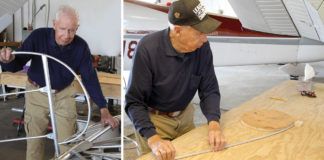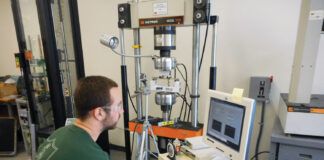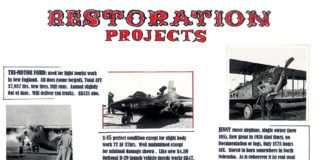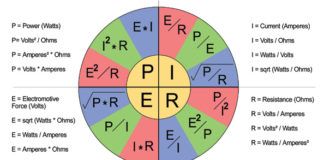A year after its splashy public debut at Sun n Funs Choppertown in 2005, HeloWerks has announced receipt of an Experimental airworthiness certificate for its turbine-powered WASP helicopter prototype. According to company president Tony Pena, the WASP is the first kit-built, turbine-powered, two-place helicopter to receive an airworthiness certificate.
The WASP is a small helicopter powered by a JFS-100-13A turboshaft engine. Pena says hes a composite specialist whos worked in the aerospace industry for 26 years. That includes time at Advanced Technologies, the company that developed the UltraSport line of kit helicopters offered by American Sportscopter. According to Pena, the WASP design shares some similarities with the UltraSport line: I took all of the good stuff from the UltraSport and kept it, and I threw out the rest.
After three or four years of design and development, Pena started building the prototype WASP in 2001 and completed it in time for hover demonstrations at Sun n Fun 2005. The turbine benefit, according to Pena? Reliability. And initial tests have proven that it produces enough power to easily hover the 1200-pound WASP. The JSF-100 turboshaft engine installation is simple, the airframe is simple, the composite fuselage is simply, and even the tail rotor has a simply composite fenestron-type tail rotor shroud.
With the airworthiness certificate in hand, the next step for the WASP is flight testing. HeloWerks is also developing kits for the aircraft, which will be offered as an Amateur-Built helicopter. The kit will be sold in three stages-powerplant, fuselage and dynamic components-and Pena mentioned the possibility of a factory quickbuild program for interested builders.
Pricing will be set as kits get closer to production. For more information, visit http://www.helowerks.com/ or call 757/342-6982.












